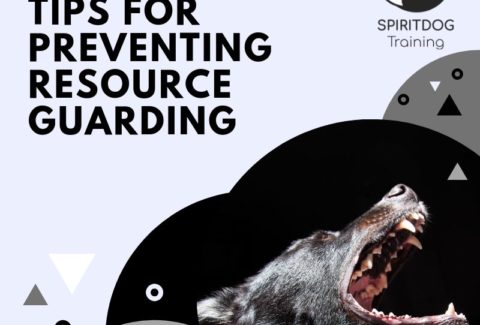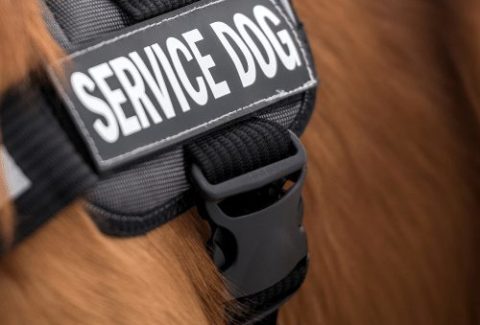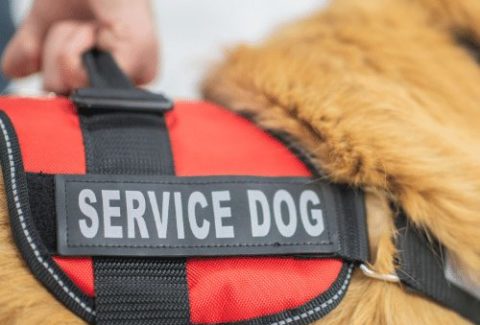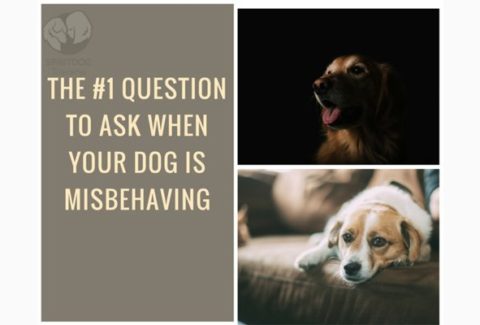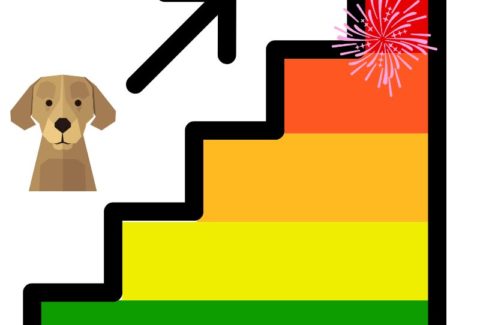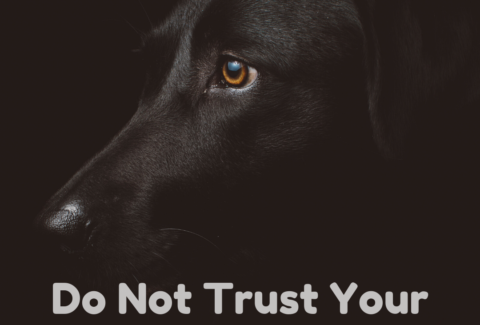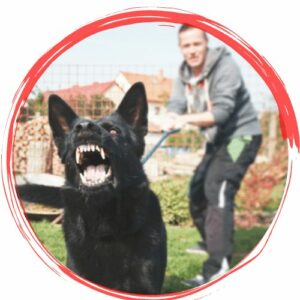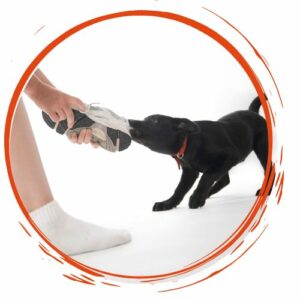I Don’t Know The Magic Word
May 14, 2021 2021-05-14 23:14I Don’t Know The Magic Word
I Don’t Know The Magic Word

(Because there is none)
When clients ask me for advice on their dog training and I tell them what I think they should be doing, either one of two scenarios happens next:
a) The client tries it out for a week or so and then comes back to me with an update report: *Insert game here* worked great, but the dog didn’t seen to improve much with *different exercise* , maybe we need to tweak that one, and learn an advanced version of the first game. Also *management idea 1* made a big difference, how could we implement this in *situation abc*?
b) The client tells me this solution is not useful because it is not instant and “practical”. They would like an immediate fix that does not involve adjustments to their setup or routine.
Now – I do actually pride myself on giving realistic training plans. While every dog trainer might hope that his or her clients have all day, every day to train their dog (hint: usually they do not) and write training plans that require an hour or two of daily training, I think that short and sweet training sessions are much more practical, realistic and in-line with most dogs’ attention spans.
However, training is still necessary – and most of all, management will be necessary for many issues. Management is the (crucial!) part that is often called “impractical”.
Training vs Management
If have written on the difference between training and management before, but let’s look into it again:
Training means using some sort of method (hopefully a positive one) to change the dog’s behavior on the long run, by teaching him new skills, making new connections in his brain or changing conditioned emotional responses (such as in reactivity training).
Management means changing the setup so that certain behaviors are less likely to occur. Management itself doesn’t teach the dog to behave differently, however it stops the unwanted behavior from happening (which already takes you halfway to fixing it!).

Sometimes, especially when teaching a novel behavior or a behavior in absence of competing reinforcers (such as for example training your new puppy to sit in your living room), training is fast and no management is needed.
In many cases though, it is impossible to do effective training without implementing management procedures. Without management, the dog often “un-trains” himself by being able to repeat the behavior we don’t want to happen over and over.
The Dog That Runs Away
A very classic scenario is that of the dog who takes off as soon as he has a chance. The owners want to teach him a solid recall. They buy high-value treats such as dried liver and play recall games with him.
However, the dog still takes off with regularity – maybe because the gate to the yard is left open or because he goes on off-leash walks and chases wildlife.
The owners ask me “Why are the recall exercises not working? Why does he still take off?” Well … because the off-leash exercises that the dog does himself by taking off are also working.
The dog that runs off is not sad that he didn’t earn the freeze-dried liver in the owner’s pocket. Quite the contrary – he gets reinforced greatly by the environment for his decision to make a run for it.
You can play all the recall games in the world, as long as you don’t make sure your dog does not take off they might not do a lot.
Yes, maybe it is “impractical” to close all gates and have the dog on a long line for a while – but it is the only solution.

The Dog That Barks At The Fence
Another frequent case is a dog that barks at the fence. This can be directed either at people passing by or a neighbor’s dog.
The general approach to this would be a counterconditioning/desensitization method (explained in detail here: Tackling Reactivity).
However – once more, “just” doing the training 10 minutes a day and not preventing the dog from running up to the fence and barking the remaining 10 hours that he might be outside is probably not even going to make a dent in the behavior.
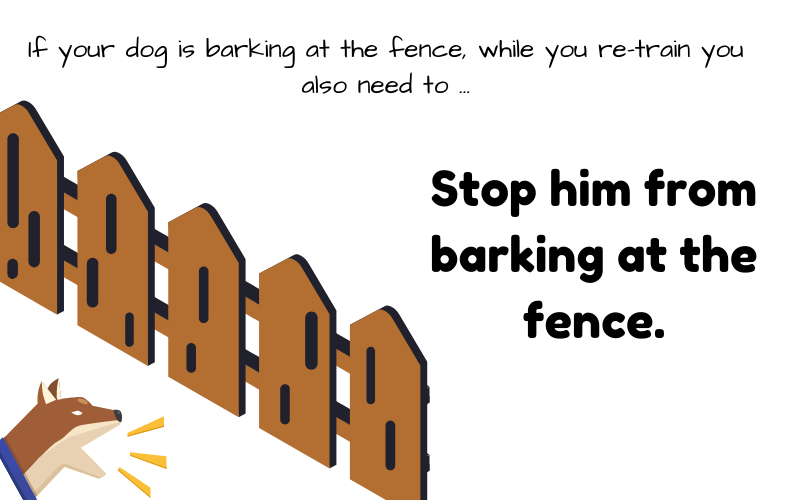
I don’t know the magic word for stopping your dog from barking at the fence. No dog trainer in the world knows it because it does not exist.
The approach that does exist and that we do know is implementing management in combination with ongoing training.
In the case of the fence this could mean:
- Using gates to only let the dog in a part of the yard where he is not going to be triggered.
- Supervising your dog in the yard for the time that you retrain.
- Having your dog on a leash so that you can briskly move away if she starts lunging at the fence.
- Putting a tarp on the fence to keep your dog from seeing through it (for many dogs taking away the visual trigger already works well!).
- And so on.
Is This Impractical?
Well, it might not be the most convenient thing to have to put your dog on a leash at all times or restrict his access to the yard. But isn’t it even more impractical to have a dog who runs away every time he gets a chance?
If there was a magic word I could tell you that would instantly stop and fix all bad behaviors, I would do it. But there is none.
In fact, there are very things in life that have an instant fix – we humans and our dogs are just too complex for this!
There is no sure-fire way to discipline your dog once and for all (and if someone tells you there is – run). Your dog trainer does not want to make you work harder than you need to or give you advice that is not practical.
Your trainer probably gives you the exactly right advice – work on long-term behavioral changes through training, and get short-term results (as well as prevention from rehearsing unwanted behaviors) through management.

Happy Training!


